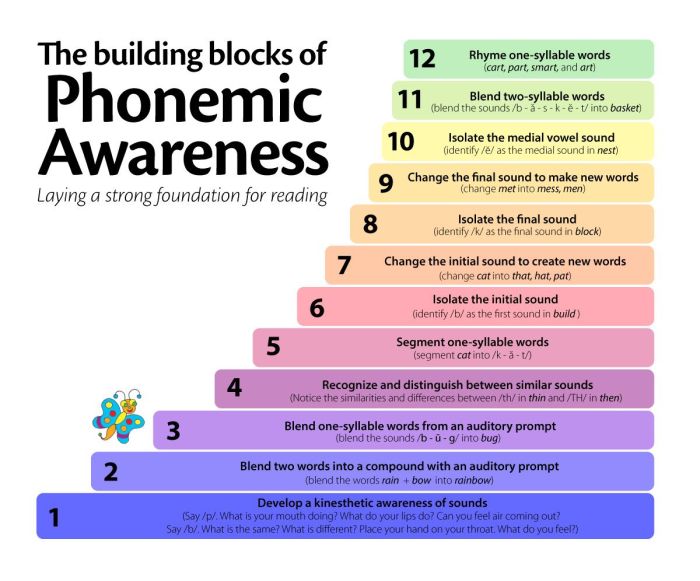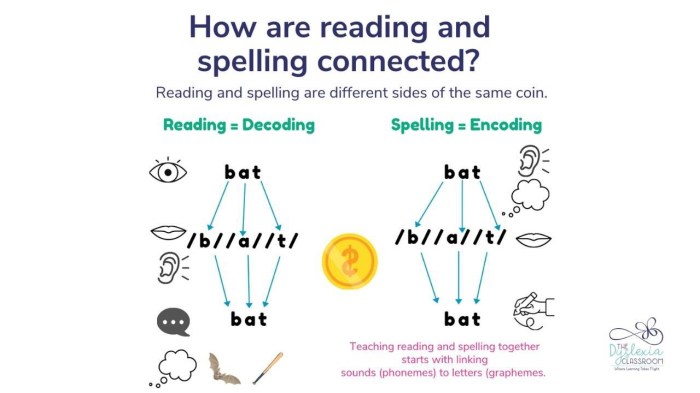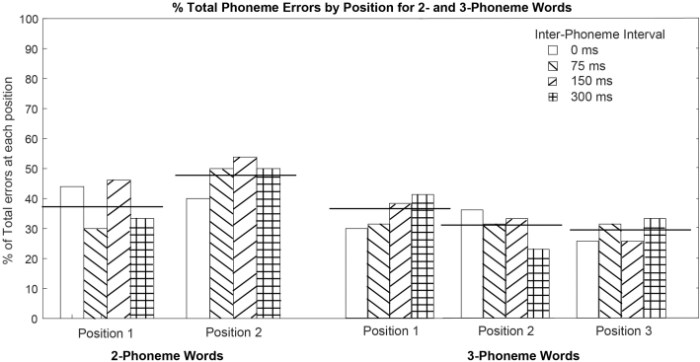Phonemic encoding is emphasizing the sound of a word. At the heart of this concept lies the idea that understanding the relationship between sounds and letters is crucial for language acquisition. By breaking down words into their individual sounds, we can gain a deeper comprehension of their structure and meaning.
This encoding process plays a pivotal role in reading fluency, spelling accuracy, and overall language development. It serves as a bridge between spoken and written language, enabling us to decode and encode words effortlessly.
Defining Phonemic Encoding: Phonemic Encoding Is Emphasizing The Sound Of A Word.

Phonemic encoding emphasizes the sound of words and is a fundamental aspect of language learning. It involves the process of representing spoken words as a sequence of phonemes, the smallest units of sound that distinguish one word from another. Phonemes are distinct from graphemes, which are the written symbols that represent phonemes.
Understanding the relationship between phonemes and graphemes is crucial for successful reading and writing.
Phonemic encoding is particularly important in early literacy development, as it helps children to develop an understanding of the sound structure of words. This knowledge enables them to decode new words, spell words correctly, and improve their overall reading fluency.
Benefits of Phonemic Encoding
- Improved reading fluency: Phonemic encoding helps readers to decode words more quickly and accurately, as they are able to recognize the sound patterns that make up words.
- Enhanced spelling accuracy: By understanding the sound-letter relationships, learners are better able to spell words correctly, as they can hear the individual sounds that make up the word.
- Stronger vocabulary development: Phonemic encoding supports vocabulary development by helping learners to identify and manipulate the sounds that make up words, which can lead to a deeper understanding of word meanings.
Methods of Phonemic Encoding
| Method | Description | Effectiveness |
|---|---|---|
| Elkonin boxes | A visual representation of phonemes, where each box represents a phoneme in a word. | Effective for early literacy learners. |
| Sound blending | Combining individual phonemes to form a spoken word. | Helps learners to develop phonemic awareness. |
| Phoneme segmentation | Breaking down a spoken word into its individual phonemes. | Improves phonemic awareness and decoding skills. |
Applications of Phonemic Encoding
- Early literacy instruction: Phonemic encoding is a key component of early literacy instruction, as it helps children to develop the skills necessary for reading and writing.
- Speech therapy: Phonemic encoding can be used to help individuals with speech disorders to improve their speech production.
- Second language learning: Phonemic encoding can help second language learners to develop a better understanding of the sound system of the new language.
Limitations of Phonemic Encoding
While phonemic encoding is a valuable tool for language learning, it does have some limitations. For example, it may not be as effective for learners with certain language disorders or for languages with complex sound systems.
Additionally, phonemic encoding may not be the most appropriate strategy for all learners. For example, some learners may benefit more from a whole-word approach to reading and writing.
Phonemic Encoding in Different Languages, Phonemic encoding is emphasizing the sound of a word.
| Language | Sound-letter relationships | Phonemic encoding strategies |
|---|---|---|
| English | Complex and often inconsistent. | Elkonin boxes, sound blending, phoneme segmentation. |
| Spanish | More regular and consistent. | Elkonin boxes, sound blending. |
| Chinese | Tonal language with a complex sound system. | Tonal awareness activities, pinyin. |
Commonly Asked Questions
What is the difference between phonemes and graphemes?
Phonemes are the smallest units of sound in a language, while graphemes are the written symbols that represent those sounds.
How does phonemic encoding help with reading fluency?
By breaking down words into their individual sounds, phonemic encoding helps readers to recognize words more quickly and accurately.
What are some methods of phonemic encoding?
There are various methods of phonemic encoding, including the use of letter tiles, sound boxes, and blending drills.


